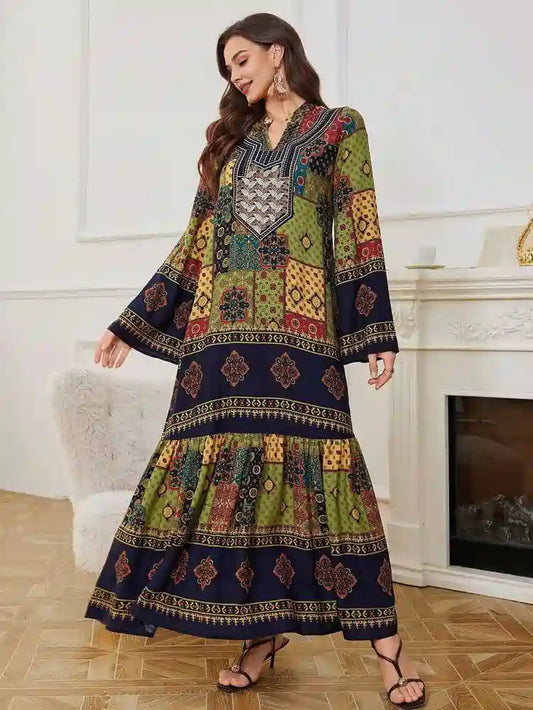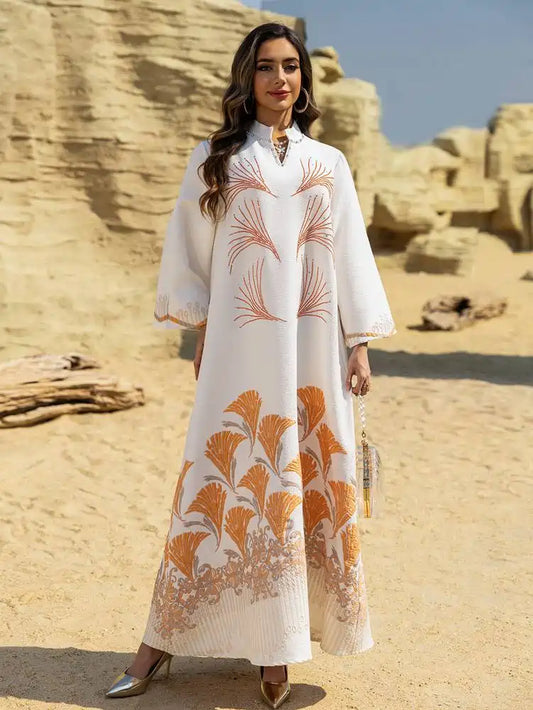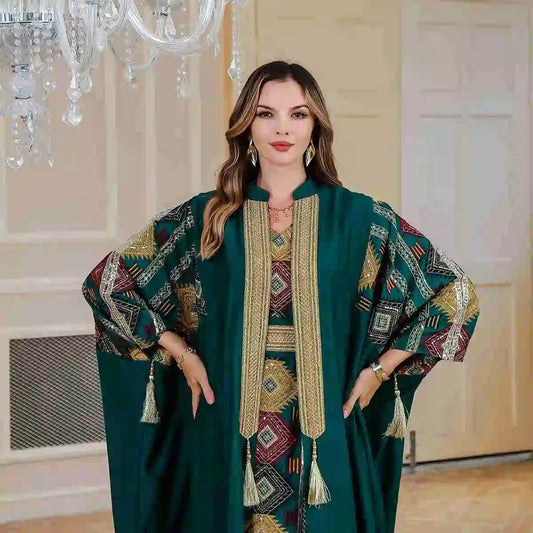Arab boy bishts are traditional garments worn by young boys in Arab cultures, particularly during special occasions and celebrations. These elegant and intricate garments hold significant cultural and symbolic value, reflecting the rich heritage and traditions of the Arab world.
What are Arab Boy Bishts made of?
Arab boy bishts are typically made of high-quality fabrics such as silk, velvet, or wool. These fabrics are chosen for their luxurious feel and ability to drape elegantly, creating a regal and sophisticated look for the wearer.
What is the significance of Arab Boy Bishts?
Arab boy bishts are more than just clothing; they are a symbol of tradition, honor, and respect. Wearing a bisht is a sign of dignity and pride, often reserved for special occasions like weddings, religious ceremonies, or important gatherings.
How are Arab Boy Bishts worn?
Arab boy bishts are typically worn over a thobe, a traditional long robe, and paired with a headpiece like a ghutra or keffiyeh. The bisht is draped over the shoulders and can be fastened with a decorative cord known as an 'agal'.
Why are Arab Boy Bishts important?
Arab boy bishts play a crucial role in preserving cultural identity and heritage. By wearing these garments, young boys connect with their roots and carry on the traditions of their ancestors. The intricate designs and craftsmanship of bishts also showcase the artistry and skill of local artisans.
Overall, Arab boy bishts are more than just clothing; they are a symbol of cultural pride, tradition, and elegance. By understanding the significance of these garments, we can appreciate the rich history and heritage of Arab cultures.




